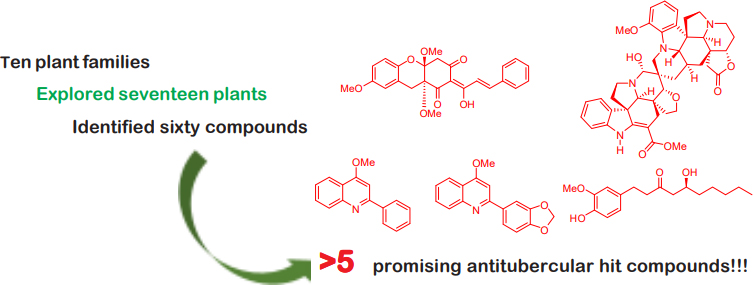
VOLUME 64 : 2016
VOLUME 64 : 2016
ACTA MANILANA publishes research and innovation in the different branches of the natural and applied sciences. It reports significant development in the discipline, and novel applications, unconfined by the traditional coverage of the disciplines.
Mathematical modeling of thin-layer drying kinetics of carabao mango in a hot-air dryer
Page 59–66
Fidel Ivan T. Labutong, Janet Stephanie F. Pastores, Angelyn C. Yeung & Lola Domnina B. Pestaño
ARTICLE DOI: https://doi.org/10.53603/actamanil.64.2016.ukxk4131

Graphical Abstract
Abstract
Carabao mango, also known as the Philippine mango, is one of the most important varieties of mango cultivated in the Philippines. Like any other fruit, carabao mango is susceptible to various diseases making it highly perishable and has a very short span of shelf life. One way of extending the shelf life of carabao mango is through drying. Drying mango meat slices until moisture content (MC) of the mango pulp at 12% inhibits the growth of microorganisms and the action of enzymes that causes spoilage. This research aims to develop a drying method to determine the suitable thin-layer mathematical model that describes the drying kinetics of thinly sliced carabao mangoes and subsequently to predict the optimum drying temperature and drying time to attain 12% MC in the mango pulp. Three mathematical models, namely, Laplace Transform Model, Page Model, and Non-linear Decomposition Model were examined to describe the drying behavior of thin mango slices at 60, 70, and 80°C using a hot-air batch dryer. Laplace Transform model gave the best fit with the least total error. The optimum temperature was observed to be at 60°C being more efficient to produce quality dried carabao mangoes at the shortest drying time of 209.51 min.
Keywords: carabao mango, drying kinetics, hot-air batch dryer, mathematical modeling
FOLLOW US
-
Research Center for the Natural and Applied Sciences
Thomas Aquinas Research Complex Building
University of Santo Tomas España, 1015 Manila, Philippines -
TL: (+63 2) 3406-1611 local 4037
DL: (+63 2) 8731-4031 - actamanilana@ust.edu.ph

© 2021 University of Santo Tomas, Acta Manilana. All rights reserved
Powered by: Communications Bureau